Fery
International Hazard
    
Posts: 1015
Registered: 27-8-2019
Location: Czechoslovakia
Member Is Offline
|
|
heptyl butanoate - fruity and little of chamomile scent
1,00 mol 1-heptanol 116,2 g
+
butyric acid 1,25 mol 110,1 g (slight excess)
+
40 ml redistilled medical petrolether (hydrogenated alkanes), fraction b.p. 60-80 C (hexane + isomers of hexane)
+
5 ml 96% H2SO4 (catalyst) added dropwise while stirring
placed into 1 L RBF, added boiling chips, attached Dean-Stark trap adapter + condenser, refluxing, in less than 1 hour 18,5 ml H2O collected (very
likely water with some small amount of butyric acid) so esterification seemed to be complete (at the end some carbonization appeared)
cooled down to 4 C
using 1 L separatory funnel:
washed 2x 750 ml ice cold water (necessary to allow separatory funnel to stay in a lab. stand for 1 hour for the separation to complete, bottom water
layer got rid of most of carbon/tar from to upper organic layer)
washed 2x with 150 ml of saturated NaHCO3 solution, only the first washing produced CO2, the second one almost no effervescence (seems the washing
with water already removed most of butyric acid)
washed with 500 ml ice cold water (later it was necessary to add 50 ml of saturated solution of NaCl to facilitate sharp layers separation)
put into freezer to -18C overnight to freeze out water, then further dried using anhydrous pulverous Na2SO4
filtered into 500 ml RBF, on oil bath distilled out approx 20 ml of hexane which drove out remainders of water, let to cool down, changed distillation
head to new clean dry one and attached an air condenser, continued distillation, hexane and forerun discarded, main fraction collected 219-224 C (due
to too much high b.p. I should rather use vacuum distillation), yield 141,4 g (0,76 mol)
it has fruity + slightly chamomile scent
I synthesized it because it is wasp / yellowjacket attractant, but I did not yet have any opportunity to test it, last 2 months were rainy and colder
than usually
http://www.thegoodscentscompany.com/data/rw1025801.html
Name: heptyl butanoate
CAS Number: 5870-93-9
Molecular Weight: 186.29474000
Specific Gravity: 0.86000 to 0.86400 @ 25.00 °C
Melting Point: -58.00 to -57.00 °C. @ 760.00 mm Hg
Boiling Point: 225.00 to 226.00 °C. @ 760.00 mm Hg
Odor Type: fruity
Odor Strength:medium
Substantivity:6 hour(s) at 100.00 %
fruity tropical chamomile tea green tea sweet floral clean honey
Odor Description:at 100.00 %. fruity tropical chamomile green tea sweet floral clean
Luebke, William tgsc, (2009)
apparatus with reactants
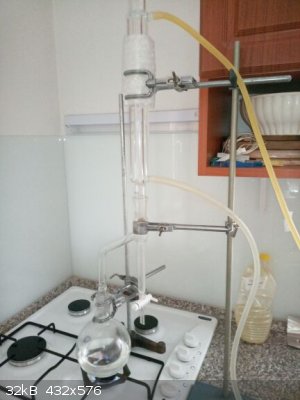
first 4 ml of H2O collected
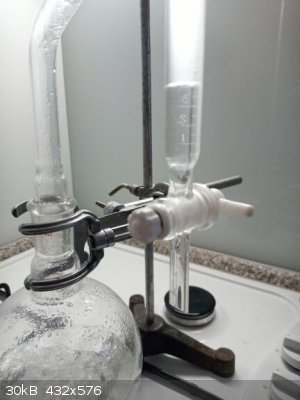
H2SO4 seems not to be much soluble in the ester, perhaps 1 ml instead of 5 ml would be enough as an catalyst
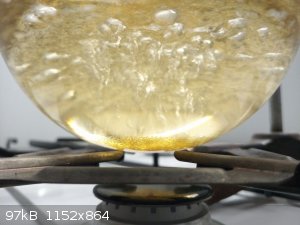
when almost all H2O trapped and H2SO4 became concentrated again, a carbonization started and a strange phenomenon - small droplets floating at the
surface
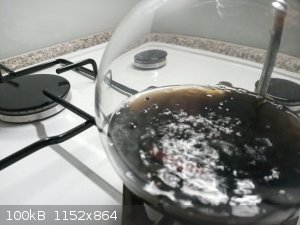 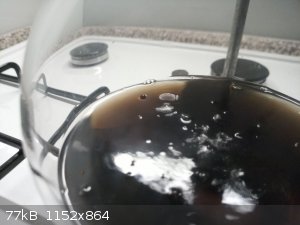 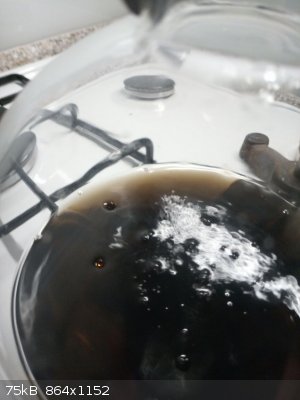
17 ml of H2O trapped, not yet expected 1 mol = 18 ml (previously it was already drained out 10 ml of H2O)
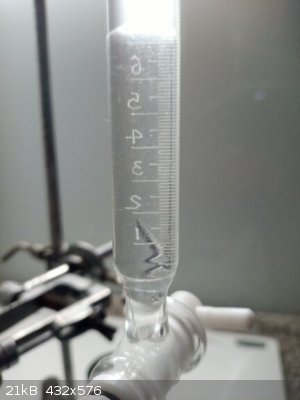
18,5 ml of H2O trapped, slightly more than 1 mol, I expected a little of H2O in reactants + this is certainly not only H2O but contains a little of
butyric acid too
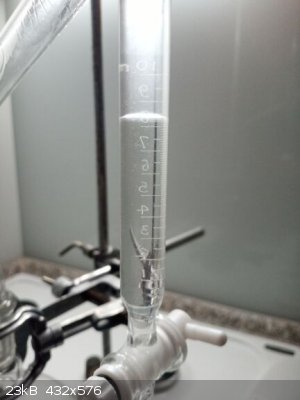
washing with H2O removed most of carbon + tar so the ester in upper layer became less dark 
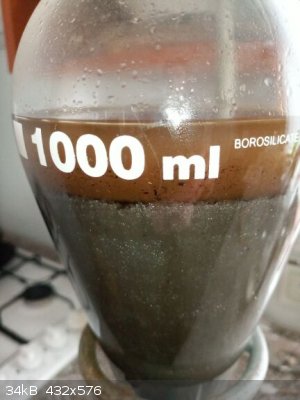
simple distillation using air condenser (I should use vacuum distillation due to too high b.p.), main fraction collected 219-224 C
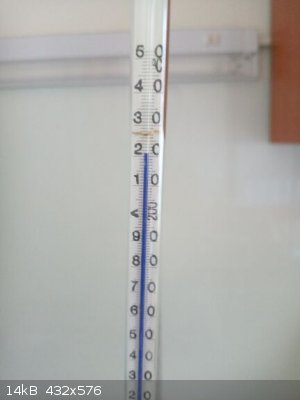 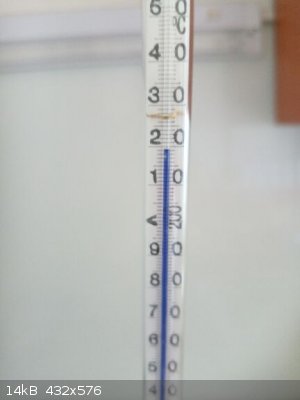 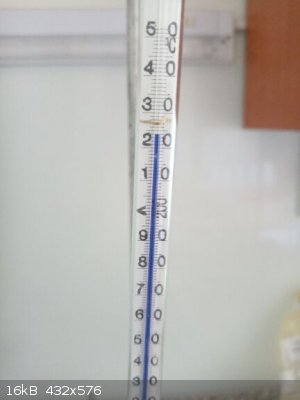
|
|
|
Tsjerk
International Hazard
    
Posts: 3032
Registered: 20-4-2005
Location: Netherlands
Member Is Offline
Mood: Mood
|
|
Nice prep, but please use a water or a sand bath next time, you don't want a big fire when the flask breaks. Also you would probably have avoided that
carbonization when using a water bath.
|
|
|
Fery
International Hazard
    
Posts: 1015
Registered: 27-8-2019
Location: Czechoslovakia
Member Is Offline
|
|
Hi Tsjerk, you are right, that should help at the small cost that it won't be so well visible what happened at the bottom of the reaction flask. The
carbonization occurred when H2SO4 became again concentrated at the end of reaction when last 2 ml of H2O trapped in the Dean-Stark trap adapter during
last 20 minutes (first 16 ml was collected fast in 30 minutes). Also better for safety not to heat flammable chemicals using direct flame, I know.
So everyone repeating this experiment should do it as Tsjerk suggested, no need to observe the bottom of the flask, you already know, shown on the
pictures.
The only annoying problem I encountered was fuming oil bath on the final distillation, I had to close both doors and open both windows in the lab so
fume blew out and did not spread inside my house - vacuum distill is better.
I forgot to mention that 20 ml of dark ester remained in the 500 ml distillation flask as a distillation residue which I'll use for attracting
yellowjackets so the main fraction = pure ester will stay for me to smell it or to offer some of it to anyone interested in
esters/scents/yellowjackets etc.
|
|
|
Tsjerk
International Hazard
    
Posts: 3032
Registered: 20-4-2005
Location: Netherlands
Member Is Offline
Mood: Mood
|
|
I like to use sand baths instead of oil baths, lot less smoke!
|
|
|
|